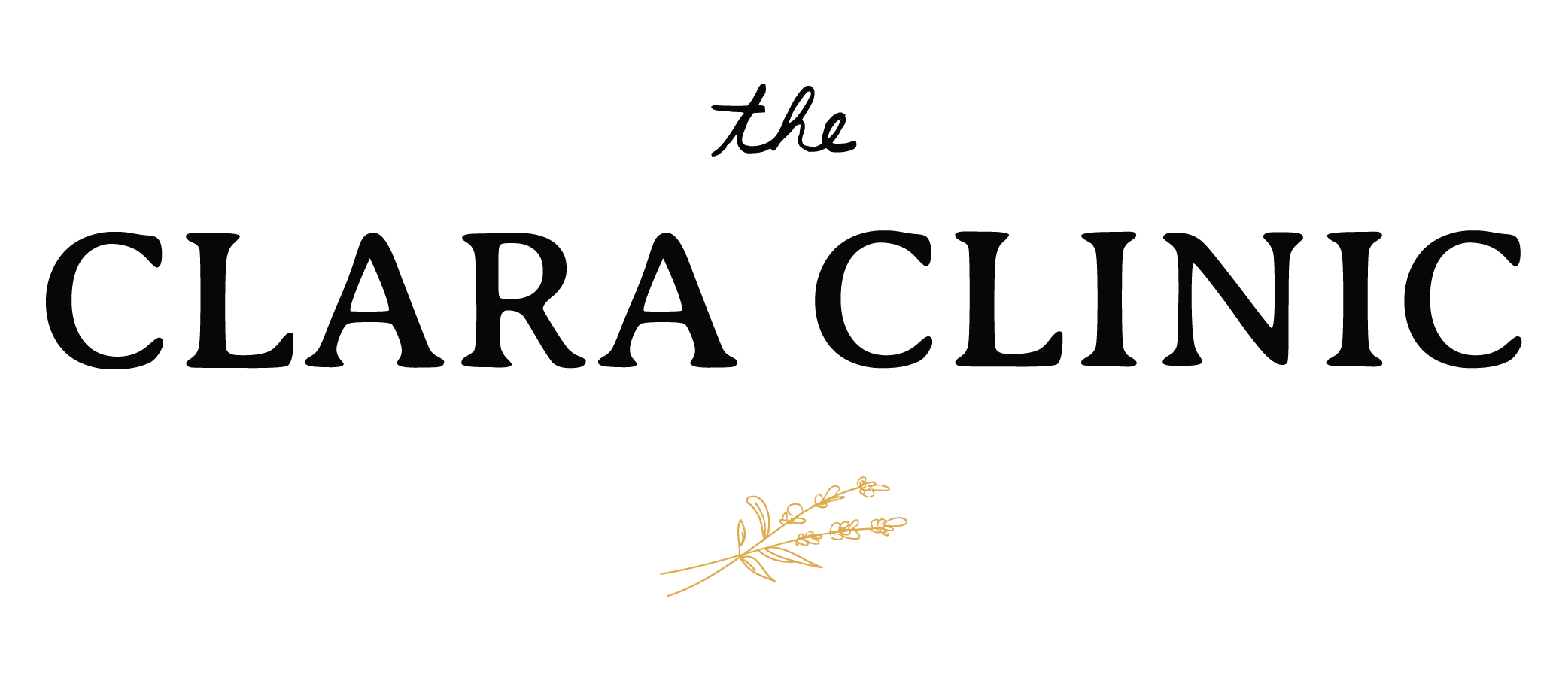When Period Pain Isn’t Normal
Let’s face it, most of us ladies have experienced period pain at some point in our lives. Personally, I grew up believing period pain was a normal occurrence. Each month I expected to be completely out of commission. I remember crying a lot, writhing in pain on the couch, and in many instances, I was unable to perform simple tasks like standing up to get Advil. Because it was like this for me, as well as all of my female family members, I assumed it was normal and didn’t give it much thought. After many years, and finally receiving proper medical care, I can tell you now that this whole experience was absolutely not normal. Further to that, no one should be resigning themselves to a life with this much pain! So if you’ve been experiencing period pain like I was, how and when do you determine it’s not normal?
how much pain is too much pain?
In a perfect world, we would experience no period pain at all. Sometimes, when we’re properly taking care of ourselves, we can absolutely get to this place. That said, most of us do experience some mild discomfort the day before, as well as the first 2 days of our period. Mild discomfort is defined as the following:
You can go about your regular daily activities
It does not impair your quality of life
It doesn’t interfere with work, school, or other commitments
Taking Advil or Tylenol effectively reduces the pain
Other than using feminine hygiene products, your period does not interfere with your life in any significant way
If your periods are more painful than what I just described, it might be time to take a closer look. If you are regularly doubled over in pain, can’t get out of bed, can’t perform your regular daily activities, you’ve missed work or school due to the pain, taking Advil/Tylenol doesn’t help, and your quality of life has been impacted, we need to make some changes and do some investigative work.
Types of Period Pain:
primary dysmenorrhea
Primary dysmenorrhea is period pain with no obvious underlying cause. There are no anatomical abnormalities causing the pain, and you otherwise look healthy. This type of period pain usually starts with your very first period and reaches a peak in your early to mid 20s. After 24-25 years old, the pain begins to subside and becomes more bearable. The pain is directly related to how heavy your flow is, thus making the most painful days typically the first 2-3 days of your period. This type of pain usually improves with Advil, warm pack applications, and pressure.
Primary dysmenorrhea can be normal. If the pain is more than mild discomfort, there are a lot of strategies we can implement that should safely and effectively reduce the intensity of pain you’re experiencing.
Secondary dysmenorrhea
On the other hand, secondary dysmenorrhea is period pain caused by some underlying pelvic pathology. The pain can start when you’re younger, however for most people it usually starts after 20 years of age. We typically find that this type of period pain continues to worsen with age, and does not coincide with menstrual flow. The pain can be experienced outside of the menstrual cycle, such as the 1-2 weeks leading up to your period, ovulation, as well as the days following the end of your period. Unfortunately, this type of pain is usually not completely relieved by drugs such as Advil or Tylenol and is described as quite severe.
Secondary dysmenorrhea is clearly not normal. The most common causes include endometriosis, adenomyosis, use of an IUD, ovarian cysts, or pelvic inflammatory disease. Although the strategies I list below may help, this type of pain often requires a more extensive medical investigation to determine the exact cause and associated risks.
Strategies for a Pain-Free Period
So you want to try reducing your period pain, what do you do? Here are some strategies for pain-free periods:
Eat Your Greens. A crossover study was completed in which women with period pain were placed on a plant-based diet for 2 months, followed by a return to their regular diet. These women experienced such significant relief in the duration and intensity of their pain on a plant-based diet, that they actually refused to complete the study and return back to their normal diet. Moral of the story, make sure you’re eating enough vegetables and plant-based foods, it can significantly help. As a general rule of thumb, I tell my patients that half of every meal should be veggie-based.
Increase Antioxidant Intake. Although eating more vegetables will in effect increase your antioxidant intake, supplementation with antioxidants has also proven beneficial. Research has shown that women with period pain are deficient in antioxidants which may be contributing to the development of pain. Moreover, supplementation with antioxidants has been shown to significantly reduce period pain. Even in severe secondary dysmenorrhea cases such as endometriosis, antioxidant supplementation has been shown to help. My favourites for dysmenorrhea include vitamin C, vitamin E, and NAC. Always speak to your Naturopathic Doctor before incorporating these supplements into your daily routine.
Regulate Hormone Imbalances. Research has shown that women with period pain tend to have higher levels of estrogen relative to progesterone. Estrogen and progesterone need to be in perfect balance with one another for your body to function optimally, and are central to tolerable periods. It’s important to see a Naturopathic Doctor for a thorough workup to see where your hormones need improvement. On your own, ensuring you are reducing your exposure to endocrine-disrupting chemicals such as BPA, and increasing your fibre intake is a great start. Check out EWG’s site here to read more about reducing your exposure.
Support A Healthy Microbiome. I’ve said it before, and I’ll say it again, your gut (and your microbiome) is the key to good health. If you’re experiencing period pain, please don’t ignore your microbiome! Preliminary research has suggested that contamination with ‘bad bacteria’ may play a role in the development of endometriosis. In addition, when your microbiome is unhealthy it alters estrogen metabolism and causes widespread systemic inflammation, both of which contributes to increased period pain. To improve the health of your microbiome, eating foods rich in prebiotics and taking a good probiotic is an easy place to start.
when period pain requires a second look
If you’re experiencing severe pain and the above strategies didn’t work for you, that’s a warning sign. If you’re experiencing severe pain consistent with a ‘secondary dysmenorrhea picture’, that’s also a warning sign. Last but not least, if you regularly experience period pain and have been trying to conceive unsuccessfully for 12 months, that’s a warning sign. If this sounds like you, please see a naturopathic or medical doctor to get to the root cause.
Pain classified as more than mild discomfort is your body’s way of telling you something is not right. We shouldn’t experience significant period pain the way so many of us unfortunately do. Women are told all the time that these symptoms are normal, I’m telling you that they’re not. I believe period pain is a sign of physiological imbalance that in many cases can be resolved. In other cases, it will require much more extensive medical intervention.
Despite my endometriosis diagnosis, to this day I’m still amazed at the improvements I was able to see in myself before my excisional laparoscopy, and in my patients by determining the underlying causes and making some simple changes. Pain free, or at the very least bearable periods, are totally possible.
If you want to learn more about how Naturopathic Medicine can help support hormone health, check out our Healthy Hormones Program here.
Ready to make a change?
You don’t have to live in pain forever! If you want to learn more, or you’re ready for a customized plan, I’m here for you.
With loving compassion,
Dr. Alessia Milano ND


